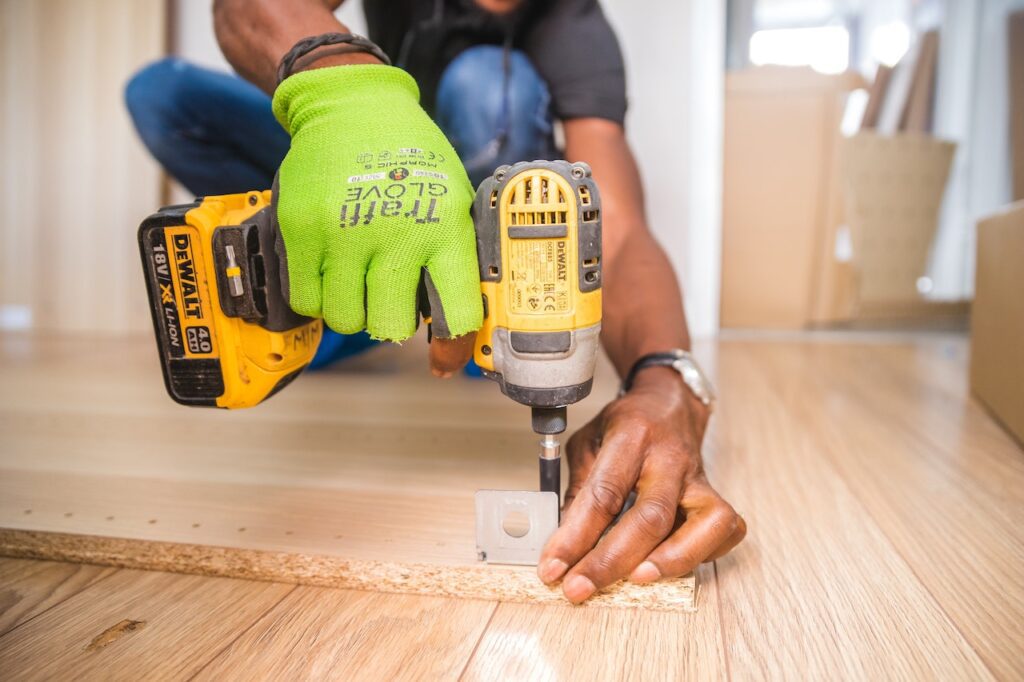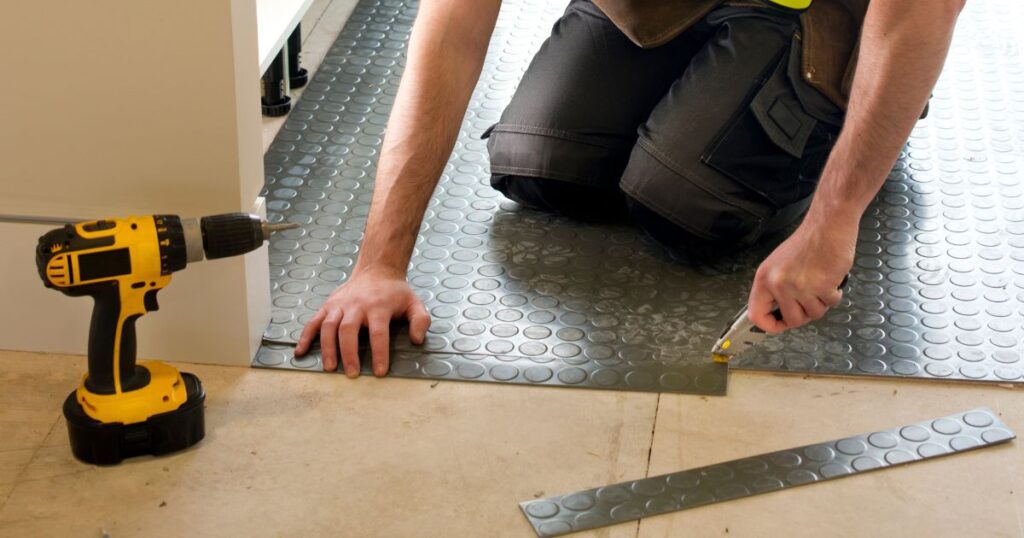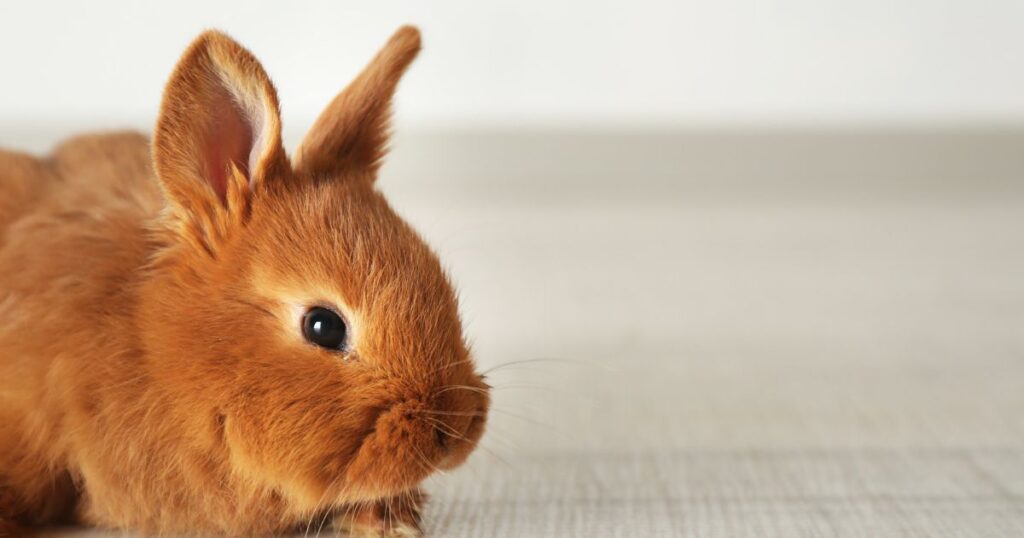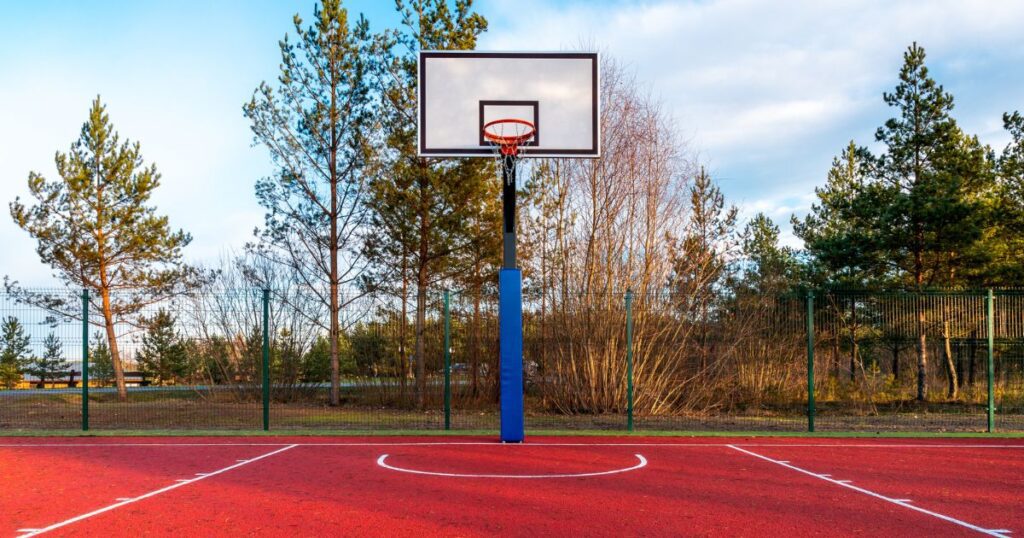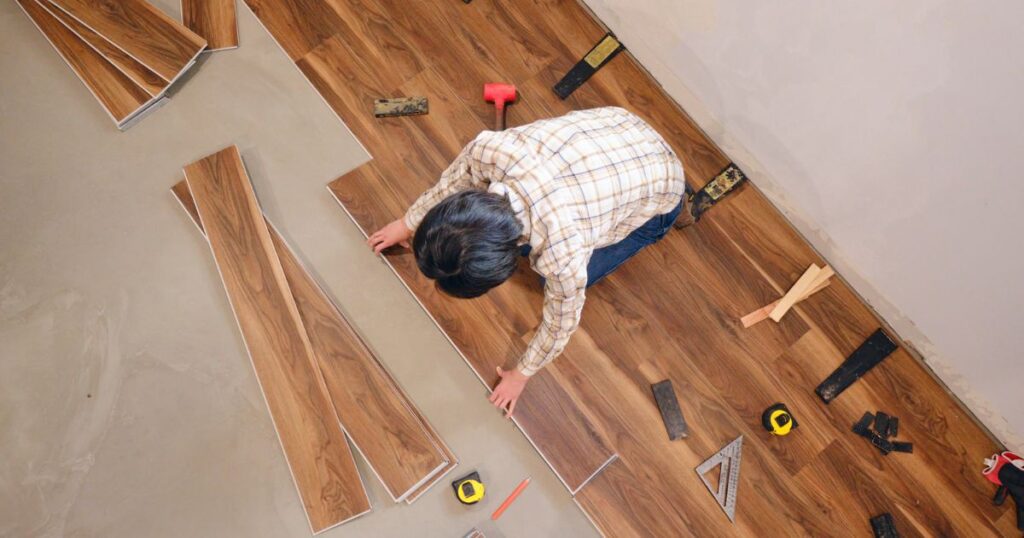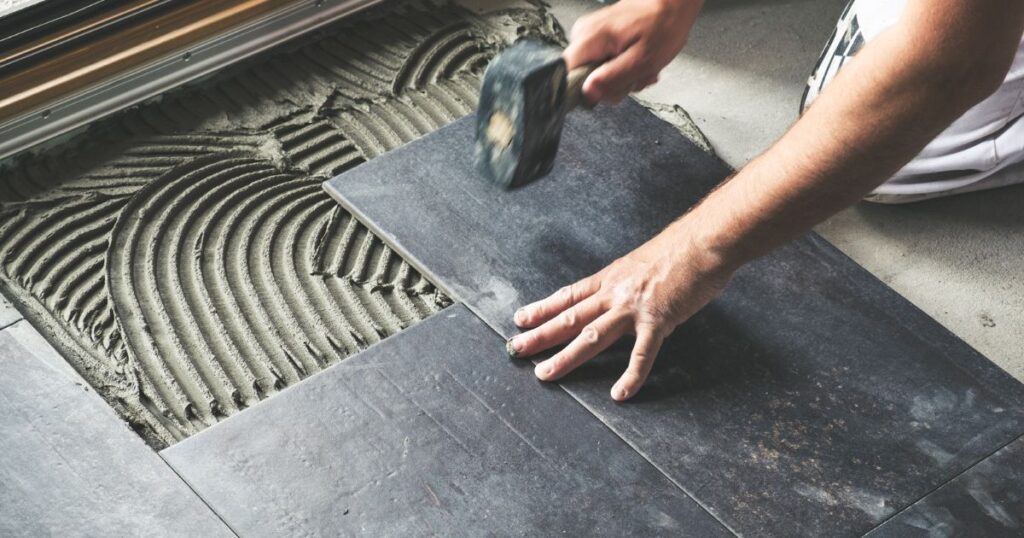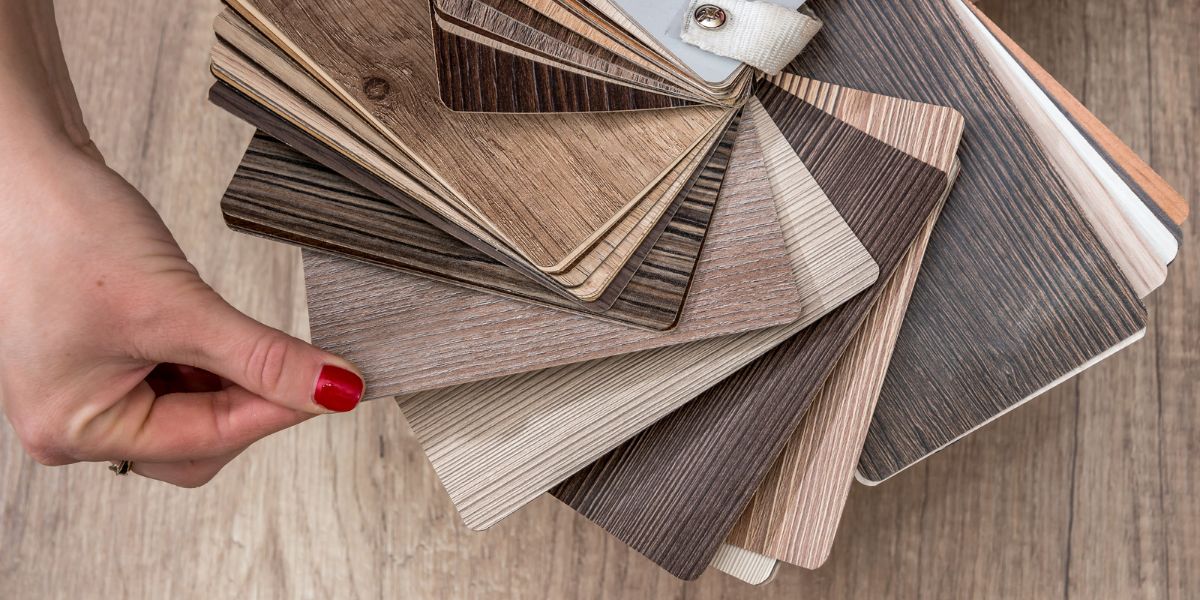
The Beauty of Vinyl Flooring
How to get scratches out of vinyl flooring? Vinyl flooring has come a long way over the years. Gone are the days of thin, unattractive vinyl tiles that peel up easily. Today’s vinyl flooring is not only durable and low-maintenance, but it’s also stylish and versatile.
With so many different colors and patterns available, vinyl flooring can match any decor style. One of the best things about vinyl flooring is its affordability.
Unlike expensive hardwood or tile floors, vinyl flooring is budget-friendly yet still looks great. It’s perfect for those who want to update their floors without breaking the bank.
The Downside of Scratches on Vinyl Flooring
Despite its many benefits, there is one major downside to vinyl flooring: scratches. Unfortunately, even though it’s durable, it’s not invincible. Heavy furniture can leave deep scratches in the surface of vinyl flooring if dragged across it.
Sharp objects like knives or high heels can also leave noticeable marks. Not only are scratches unsightly, but they can also lead to further damage if left untreated.
Dirt and debris can get stuck in them and cause more damage over time. Plus, a scratched floor reduces the overall value and appearance of your home. How to get scratches out of vinyl flooring?
The Importance of Knowing How to Remove Scratches from Vinyl Flooring
If you have vinyl floors in your home or business, it’s essential to know how to remove scratches from them properly. Not only will removing these scratches improve the appearance of your floors but doing so will also help prevent further deterioration. There are a variety of methods available that range from simple cleaning solutions to more intensive buffing techniques that require specialized equipment or products.
In this article, we’ll go over each method so that you’re fully equipped with knowledge on how best to remove these pesky scratches from your beautiful vinyl floors. So, sit back, and let’s get started.
RELATED: The Vinyl Countdown: How Long Does Your Flooring Last?
Understanding Vinyl Flooring
What is vinyl flooring?
Vinyl flooring is a type of synthetic flooring made from polyvinyl chloride (PVC). It is commonly used in residential, commercial, and industrial settings due to its durability and affordability.
Vinyl flooring comes in both sheets and tiles that can be glued or snapped together. This type of flooring mimics the look of hardwood, tile, or stone.
Types of Vinyl Flooring
There are two main types of vinyl flooring: sheet vinyl and luxury vinyl tile (LVT). Sheet vinyl comes in large rolls that are glued down to the subfloor. LVT is a newer type of vinyl flooring that comes in tiles or planks that snap together with a tongue-and-groove system.
LVT can mimic the appearance of hardwood planks or ceramic tiles. Within these two categories, there are also different grades of vinyl.
The most affordable grades may have a thin wear layer that can scratch easily. Higher grades have thicker wear layers that provide more protection against scratches and wear.
Pros and Cons of Vinyl Flooring
Vinyl flooring has several advantages over other types of flooring, such as hardwood, tile, or carpeting. For one thing, it is more affordable than many other types of floors while still providing excellent durability and longevity. Another advantage is its ability to resist stains and spills since it repels moisture, unlike other floors like carpets which absorb liquids into their fibers, causing permanent stains on them.
On the downside, some types of low-grade vinyl floorings can tear easily under heavy foot traffic or furniture movement leading to scratches on its surface which can be an eyesore for some homeowners. Despite drawbacks like this, however, there’s no denying the fact that vinyl flooring provides an excellent option for many homeowners looking for a budget-friendly yet durable floor-covering option.
Causes of Scratches on Vinyl Flooring
Heavy Furniture: The Enemy of Your Vinyl Flooring
One of the most common causes of scratches on vinyl flooring is heavy furniture. Let’s face it, we all love our big, bulky couches and tables, but they can wreak havoc on our floors.
Every time you move a piece of furniture across your vinyl flooring, chances are you’re leaving behind some scratches. And if you don’t take care of them right away, those scratches can start to accumulate and make your once-beautiful floor look dull and worn.
So what can you do to prevent this? First off, be careful when moving heavy furniture across your vinyl flooring.
Always lift the furniture instead of dragging it across the floor to avoid any unnecessary damage. You can also try placing felt pads or coasters underneath each leg of your furniture to protect your floors from scratching.
Sharp Objects: The Silent Killers
Another common cause of scratches on vinyl flooring is sharp objects. Whether it’s a child’s toy or a pair of scissors that accidentally fell onto the floor, these little things can leave big marks on your vinyl flooring.
To prevent this from happening in the first place, always be mindful when handling sharp objects near your vinyl flooring. Try keeping them away from areas where they could potentially fall onto the floor and scratch it up.
If an accident does occur and you find yourself with a scratch on your beautiful floors, don’t worry! There are several ways to remove those pesky marks (which we’ll get into in section IV).
High Heels: Fashionable But Dangerous
Ladies (and gents), we all know how much we love our high heels – they make us feel confident and stylish! However, as much as we love them, they can be one of the biggest culprits of scratches on vinyl flooring. The pointed heels of high-heeled shoes can easily pierce the surface of vinyl flooring, leaving behind unsightly scratches.
To prevent this from happening, you can try taking off your shoes before walking on your vinyl floors. You can also invest in some rubber heel caps that fit over the tip of your heels to protect your floors.
Remember, prevention is key when it comes to protecting your vinyl flooring from scratches. But if you do end up with some marks, don’t worry – there are plenty of ways to remove them (which we’ll cover in the next section).
How to Remove Scratches from Vinyl Flooring
Cleaning the Floor
Before attempting to remove scratches from your vinyl flooring, you need to give it a good cleaning. Sweep or vacuum the floor to remove any debris or dirt that could make the scratches worse. Then, mop the floor with warm water and a mild detergent.
Avoid using harsh chemicals like bleach or ammonia, as they can damage your vinyl flooring. Rinse the floor with clean water and let it dry completely before moving on to scratch removal.
Applying a Scratch Removal Solution
When it comes to choosing a scratch removal solution for your vinyl flooring, it’s important to select one that is suitable for your type of flooring. Some solutions may contain harsh chemicals that could damage your floors even further, so be sure to read labels carefully before purchasing and applying any product. Once you have selected an appropriate solution, apply it directly onto the scratch using a soft cloth or sponge.
Rub gently in circular motions until the scratch disappears. Be patient and take your time – rushing through this process could cause more damage than good.
Buffing Out Scratches with Baking Soda and Water
If you prefer a more natural approach, try buffing out scratches with baking soda and water. Mix baking soda and water into a paste and apply it directly onto the scratched area using a soft cloth. Rub gently in circular motions until the scratch disappears.
Baking soda has abrasive properties that can help lift stains and scratches without damaging your vinyl flooring. Plus, it’s an affordable alternative to pricey commercial products.
RELATED: Step Up Your Flooring Game: Exploring the Modern World of Flooring Services
Frequently Asked Questions
Can you fix scratches on vinyl flooring?
Minor scratches on vinyl flooring can often be fixed by using specialized vinyl scratch repair kits or applying a vinyl floor polish or sealant to diminish their appearance. However, deep scratches may be more challenging to repair and may require professional assistance or replacement of the affected planks.
What is the best way to remove scratches from vinyl flooring?
The best way to remove scratches from vinyl flooring is to start by cleaning the area thoroughly, then using a soft cloth or sponge to gently buff the scratched surface with a mixture of warm water and mild detergent. For deeper scratches, filling them with a color-matched vinyl putty or using a specialized vinyl repair kit can help restore the appearance.
Why is my vinyl flooring scratching?
Vinyl flooring can scratch due to various factors, such as abrasive dirt or debris on the floor’s surface, moving heavy furniture without protective pads, or dragging sharp objects across the floor. It is essential to use furniture pads, mats, and regular cleaning to minimize the risk of scratches.
How do you fix scratches on luxury vinyl planks?
To fix scratches on luxury vinyl planks, start by cleaning the area and then use a specialized vinyl repair kit that matches the color of the planks. Follow the instructions provided with the kit to fill in the scratches and blend them with the surrounding area.
Do scratches effect vinyl?
Scratches can affect the appearance of vinyl flooring, particularly if they are deep or extensive. While scratches may not structurally damage the vinyl, they can make the floor look worn, dull, or uneven. Promptly addressing scratches can help maintain the overall aesthetics of the vinyl flooring.
Does scratching damage vinyl?
Scratching can damage the surface of vinyl flooring, particularly if sharp or abrasive objects are dragged or scraped across it. Scratches can compromise the protective wear layer of the vinyl, potentially leading to more visible wear and reducing its overall lifespan.
Conclusion
Removing scratches from vinyl flooring may seem daunting at first, but with patience and care, you can restore its beauty quickly and easily. Remember: prevention is always better than cure! Invest in furniture pads or felt glides for heavy furniture legs before they can scratch your floors.
Clean up spills and messes as soon as possible to avoid staining or damage. By following these simple steps, you can enjoy a beautiful, scratch-free vinyl floor for years to come.
RESOURCE: Dallas County Community College District: Construction Technology

